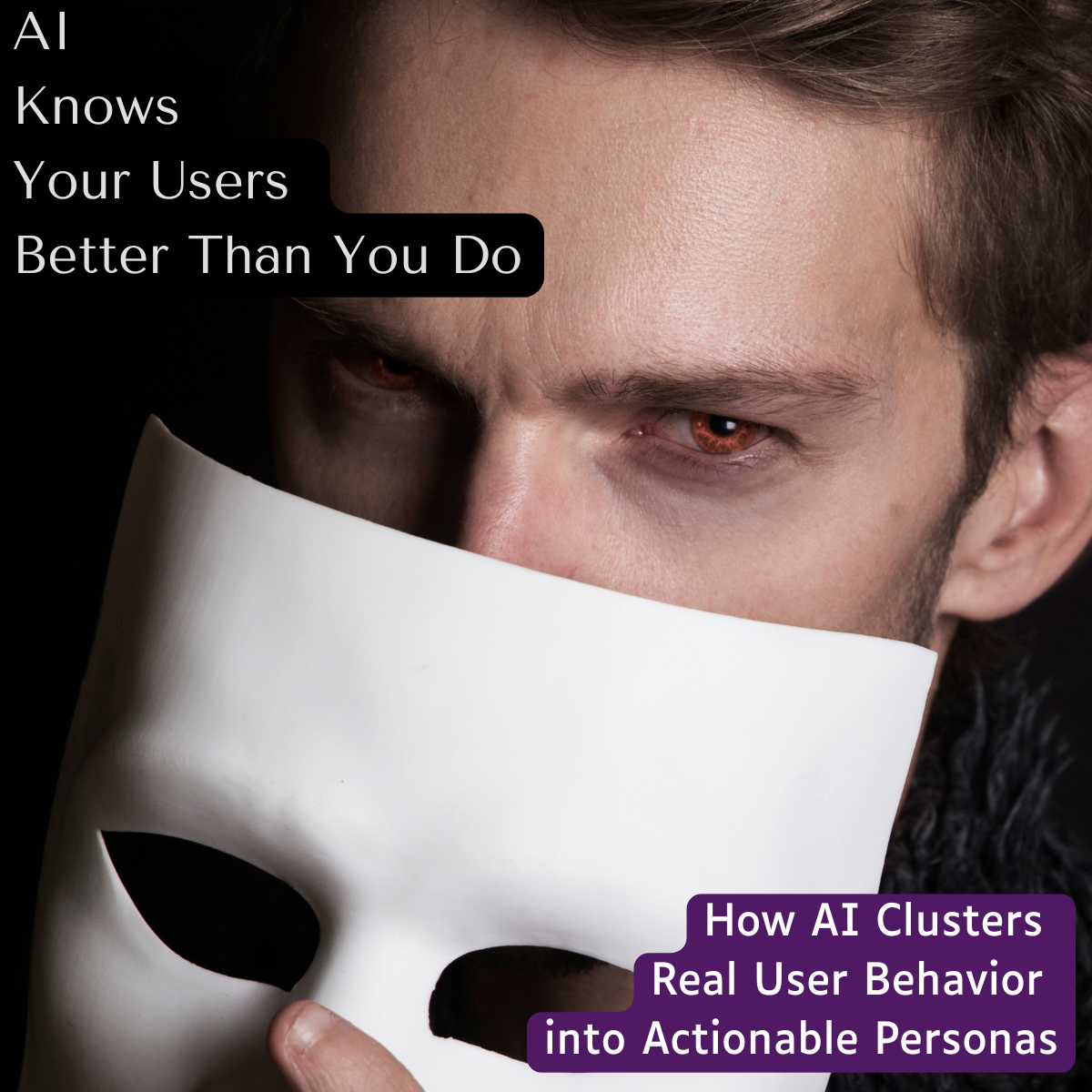Posted At: Aug 08, 2025 - 380 Views

Auto-Generation of User Personas: How AI Clusters Real User Behavior into Actionable Personas
In the fast-evolving digital landscape, understanding your users is more critical—and complex—than ever. Traditional methods of creating user personas based on interviews or assumptions are no longer sufficient. Enter AI-powered agents that can automatically generate user personas by clustering real user behavior into actionable insights. These intelligent systems are redefining how brands understand and serve their audiences.
What Are AI-Generated User Personas?
AI-generated user personas are data-driven profiles created by algorithms that analyze user behavior across digital touchpoints. Instead of relying on guesswork or anecdotal information, AI agents use real-time data—like browsing history, purchase patterns, content interactions, and engagement levels—to identify distinct user segments and generate personas that evolve over time.
Each AI-generated persona is:
- Rooted in behavior rather than assumptions
- Continuously updated based on new data
- Tailored to real-world patterns in how users think, feel, and act
Why Traditional Persona Creation Falls Short
Traditional user personas are often:
- Based on limited sample sizes
- Created from qualitative interviews or surveys
- Outdated shortly after they’re created
- Influenced by bias or internal assumptions
This can lead to generic or inaccurate targeting, poor UX design decisions, and marketing that doesn’t resonate. AI changes the game by using machine learning to segment users dynamically, in real time.
How AI Agents Cluster Real User Behavior
Here’s a step-by-step look at how AI agents generate actionable user personas:
1. Data Collection
AI agents ingest vast amounts of user data from:
- Website and app analytics
- CRM systems
- Purchase histories
- Session recordings
- Social media interactions
- Chatbot conversations
2. Behavioral Analysis
Machine learning models analyze user behavior to identify patterns such as:
- Frequency and duration of visits
- Conversion paths
- Drop-off points
- Feature usage
- Time spent on specific content
3. Clustering and Segmentation
Using unsupervised learning algorithms like K-Means, DBSCAN, or Hierarchical Clustering, the AI groups users into behavioral clusters. These clusters represent distinct user types that share common characteristics and preferences.
For example:
- The Explorer: Visits frequently but doesn’t convert
- The Power User: Uses advanced features regularly
- The Bargain Hunter: Only engages during discounts or sales
- The Inactive User: Signed up but rarely interacts
4. Persona Generation
Once clusters are defined, the AI creates a persona for each group. Each persona includes:
- Demographics (if available)
- Motivations and goals
- Pain points
- Behavioral traits
- Preferred channels and content types
5. Continuous Learning
Unlike static personas, AI personas are constantly evolving. As new data comes in, the model updates its understanding, ensuring relevance and accuracy over time.
Benefits of AI-Generated Personas
✅ Precision Targeting
Marketers can create hyper-targeted campaigns based on real behaviors.
✅ Personalized UX
Designers and product teams can tailor experiences for each persona group.
✅ Improved ROI
With better audience alignment, campaigns convert more efficiently.
✅ Real-Time Insights
Personas update continuously as user behavior changes.
✅ Scalability
AI can analyze millions of users—something manual methods can't achieve.
Real-World Use Cases
- E-commerce: Personalizing product recommendations and homepage layouts based on shopper personas.
- SaaS: Tailoring onboarding flows and in-app tutorials to match user skill levels.
- Media & Publishing: Customizing article suggestions or push notifications by reader persona.
- Healthcare Apps: Differentiating between casual fitness users and chronic condition patients for better engagement.
Challenges to Consider
While powerful, AI-generated personas are not without challenges:
- Data privacy and consent must be managed responsibly.
- Bias in data can still influence clustering outcomes.
- Interpretability: Stakeholders may need help understanding AI-driven segments.
- Over-segmentation: Too many micro-personas can dilute focus.
Properly implemented, however, these challenges are manageable and often outweighed by the benefits.
AI agents are transforming how businesses understand their users. By automatically clustering real user behavior into intelligent, actionable personas, they enable data-backed decisions in marketing, design, and product development.
As competition increases and personalization becomes the standard, AI-generated user personas aren’t just a nice-to-have—they’re a strategic necessity.
💡 Want to Stay Ahead?
If you're a product team, UX designer, digital marketer, or startup founder, investing in AI-based persona generation can be the edge that puts your business ahead of the curve.
